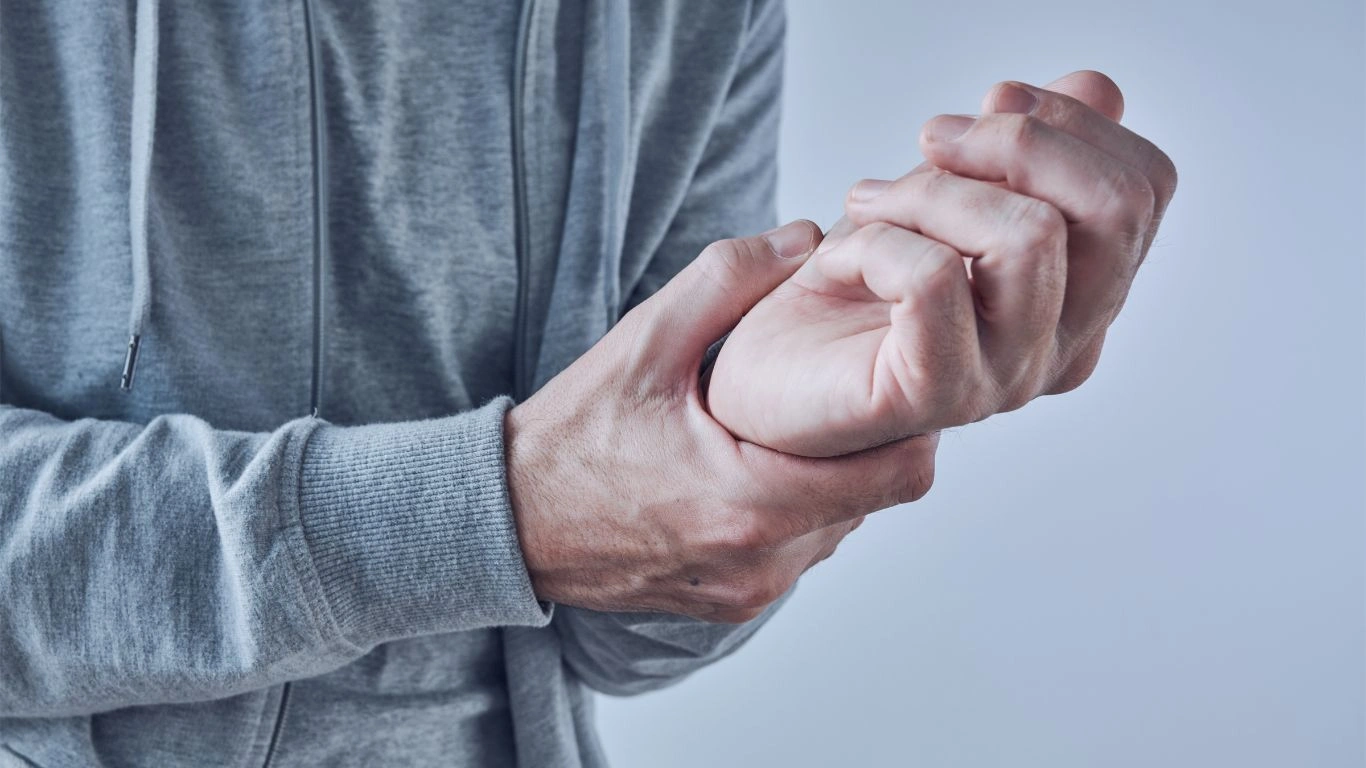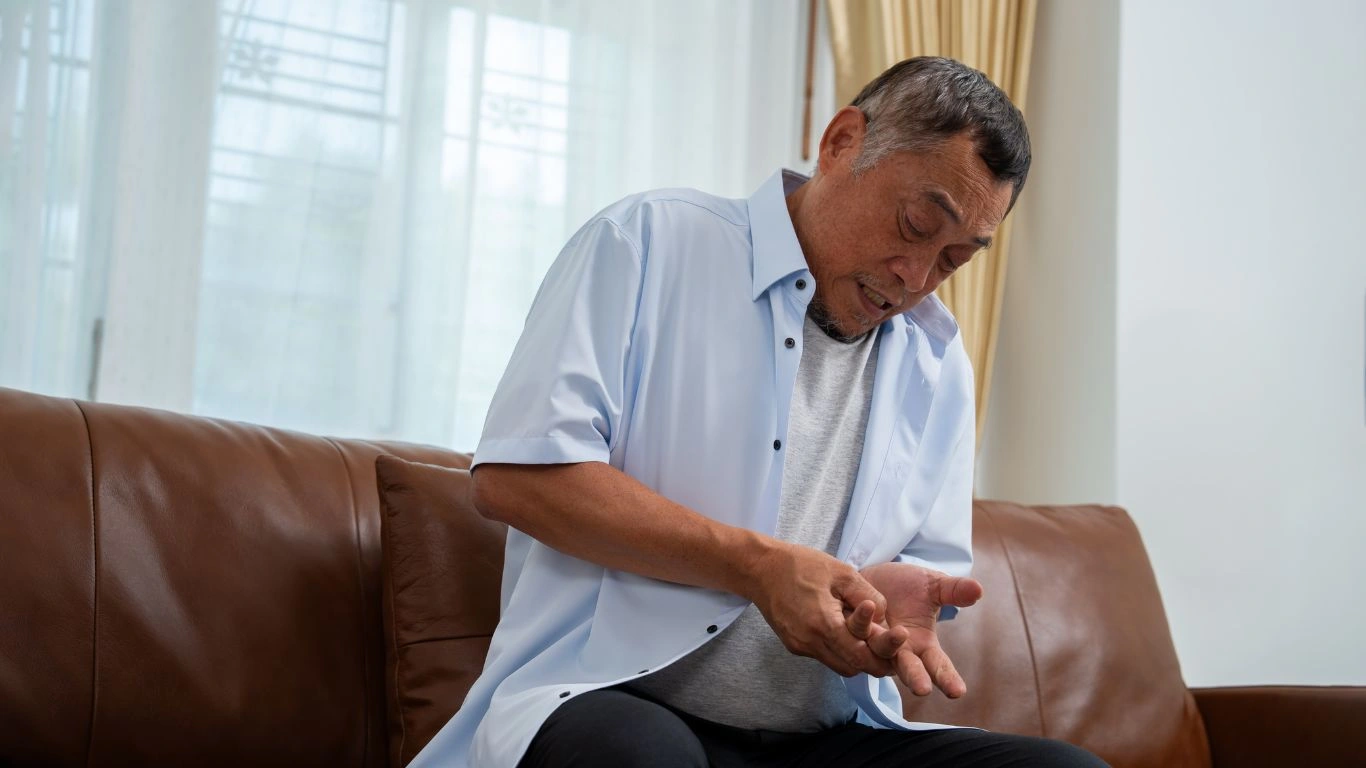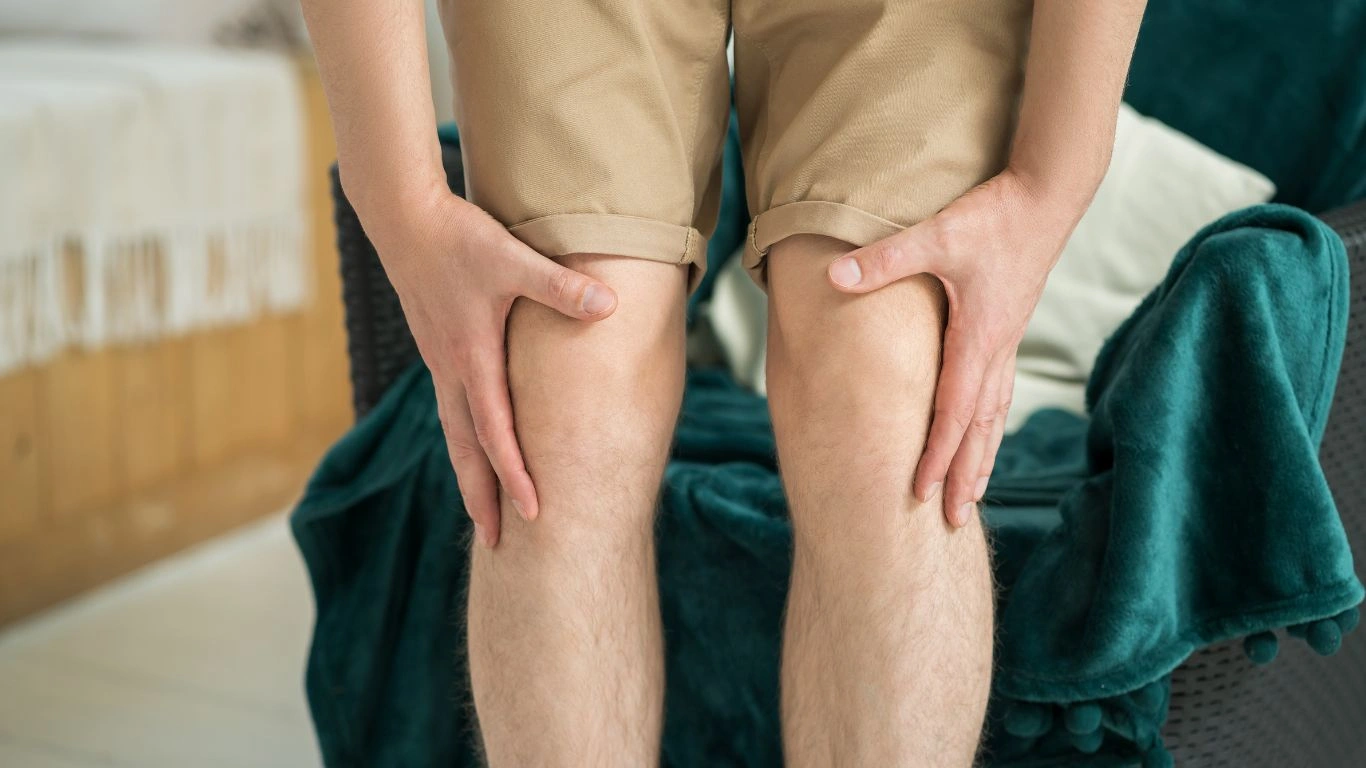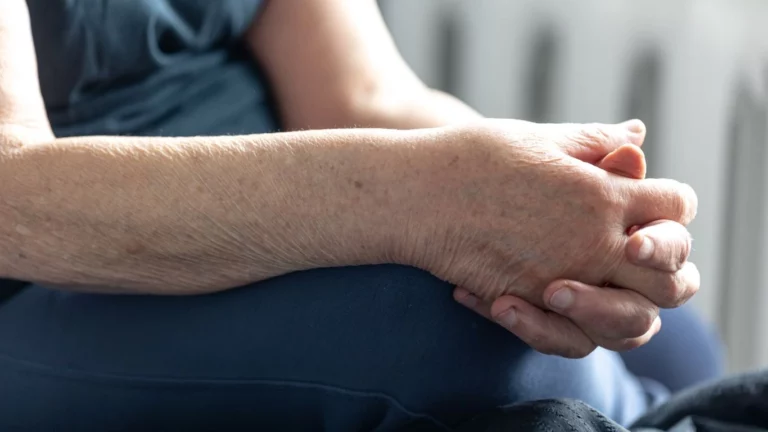Best Supportive Footwear for Rheumatoid Arthritis Relief
If you’ve ever dealt with rheumatoid arthritis (RA), you know how much it can affect your daily life—especially when it comes to something as simple as putting on a pair of shoes. From my years working as a Rheumatology nurse practitioner, I’ve seen firsthand how the right footwear can make a world of difference for those managing RA. Finding shoes that offer proper support, reduce pain, and accommodate swollen joints isn’t just a luxury; it’s a necessity. Today, I want to share some insights and practical advice about rheumatoid arthritis and supportive footwear recommendations that can truly improve comfort and mobility.
Understanding Rheumatoid Arthritis and Its Impact on Feet

Rheumatoid arthritis is an autoimmune disease that causes chronic inflammation, primarily targeting the joints. The feet are often one of the first places where symptoms show up, which can be frustrating since we rely on our feet for just about everything. Swelling, stiffness, and pain can make walking painful, and the deformities that sometimes develop can make standard shoes practically unbearable.
What I’ve observed working with RA patients is that foot pain can often be overlooked or underestimated until it really starts to interfere with daily activities. Wearing ill-fitting shoes can worsen symptoms, cause additional joint damage, or even lead to secondary issues like calluses or ulcers. That’s why choosing the right footwear isn’t just about comfort; it’s an essential part of managing RA effectively.
Why Supportive Footwear Matters
Supportive footwear for rheumatoid arthritis isn’t just about cushioning; it’s about providing stability and accommodating the unique changes your feet might be experiencing. When joints are inflamed and swollen, pressure points develop quickly. Shoes that are too tight or don’t provide enough arch support can exacerbate pain and make walking feel like a chore.
From my clinical experience, I always emphasize these points to patients:
- Proper fit is crucial—foot shape and size can change with RA, so shoes that were comfortable a year ago might now cause pain.
- Adjustability matters—shoes with straps, laces, or Velcro allow for swelling changes throughout the day.
- Good arch and heel support help distribute weight evenly, reducing stress on inflamed joints.
- Soft, flexible materials prevent irritation and rubbing on sensitive areas.
Common Foot Problems in RA Patients That Affect Shoe Choices

There are a few foot complications I see repeatedly in RA patients, and each one influences what kind of shoe works best. Some of the most common issues include:
- Hallux valgus (bunions) — This painful bump on the side of the big toe can make narrow shoes unbearable.
- Hammer toes — When toes curl unnaturally, they need shoes with a roomy toe box to avoid pressure.
- Flat feet or fallen arches — Without proper arch support, patients experience fatigue and pain.
- Corns and calluses — These develop from friction and pressure, so shoes must reduce rubbing.
- Swelling and joint deformities — Flexible and adjustable shoes accommodate these fluctuations.
Understanding these conditions helps you make smarter choices when it comes to footwear. It’s not one-size-fits-all by any means, which is why personalized recommendations can be invaluable.
Key Features to Look for in Supportive Footwear for RA

When you’re shopping for shoes, either online or in-store, keep an eye out for certain features that can make a huge difference in your comfort and joint health:
- Wide toe box: Ample space lets toes lie flat without squeezing, reducing irritation.
- Shock absorption: Cushioned soles protect joints from impact, especially on hard surfaces.
- Firm heel counter: Provides stability to the back of the foot and helps control foot motion.
- Low heel height: Avoid high heels, which increase pressure on the forefoot and worsen symptoms.
- Breathable materials: Keeps feet dry and comfortable, reducing the risk of skin problems.
Based on what I’ve seen, shoes combining these elements tend to be the best starting point for anyone living with rheumatoid arthritis. They help maintain mobility and give patients a little extra confidence in their daily steps.
Top Supportive Footwear Brands and Styles for Rheumatoid Arthritis

Over the years, I’ve guided many patients through the overwhelming task of finding shoes that actually work for their rheumatoid arthritis symptoms. There’s no shortage of brands out there claiming to be “supportive” or “comfortable,” but from my experience, a few consistently stand out for RA-friendly footwear.
Here are some brands and styles that I’ve personally recommended and seen make a real difference in comfort and mobility:
Orthopedic and Therapeutic Brands
- New Balance: Known for their wide toe boxes and excellent cushioning, New Balance offers various models with removable insoles to accommodate custom orthotics. Their walking shoes are often a hit with RA patients.
- Brooks: With superior arch support and shock absorption, Brooks running and walking shoes help reduce joint stress, especially for those with flat feet or fallen arches.
- Hoka One One: These shoes have a reputation for plush cushioning and rocker soles, which make heel-to-toe transition smoother and reduce pressure on sensitive joints.
- Orthofeet: Specifically designed for foot conditions including arthritis, these shoes often come with extra depth, wide toe boxes, and anatomical arch support—features that I often emphasize to my patients.
Casual and Everyday Footwear
RA patients need supportive shoes for everyday wear, not just exercise or therapy. Here are some brands that combine style with function:
- Clarks: I love recommending Clarks for their cushioned soles, adjustable straps, and roomy designs. Their shoes look nice enough for casual outings without sacrificing support.
- Vionic: Vionic shoes have built-in orthotic support, which is great for people who don’t want to fuss with custom insoles. Plus, they come in several fashionable designs.
- SAS (San Antonio Shoemakers): Handmade and designed for comfort, SAS shoes provide excellent cushioning and stability, with extra depth for swollen feet.
Tips for Choosing and Caring for Your RA-Friendly Footwear

Picking out the right shoes is just the first step. From personal experience and clinical practice, I always tell my patients that how you wear and maintain your shoes can impact their effectiveness significantly.
How to Choose the Right Shoe
- Shop later in the day: Feet tend to swell as the day progresses, especially for people with RA. Trying on shoes in the afternoon or evening ensures you get a fit that accommodates natural swelling.
- Bring your orthotics: If you use custom orthotic inserts, bring them with you when trying on shoes. The shoe should comfortably fit with the orthotic inside.
- Test the fit: Walk around in the shoes to check for any pressure points or discomfort. Make sure your heel fits snugly but not too tight.
- Look for adjustability: Shoes with laces, Velcro, or straps allow you to loosen or tighten as needed during the day.
Caring for Your Supportive Shoes
Since many patients invest in specialized footwear, I always encourage them to take good care of their shoes to prolong comfort and function. Here’s what I usually recommend:
- Rotate your shoes: Wearing the same pair every day can wear them down faster and reduce their supportive qualities.
- Replace insoles regularly: Insoles lose cushioning over time, so swapping them out every few months can help maintain comfort.
- Keep shoes clean and dry: Moisture can damage shoe materials and create an environment for fungal infections, which are risky for RA patients.
- Inspect for wear and tear: If soles are uneven or cushioning feels flat, it’s time for a new pair.
Custom Orthotics: When and Why They Matter

From my clinical standpoint, custom orthotics can be a game-changer, especially when standard shoes just don’t cut it. Orthotics are tailor-made inserts that support the foot’s natural structure, helping to relieve pressure on inflamed joints and improve overall alignment.
Here’s why I often recommend custom orthotics to my patients with rheumatoid arthritis:
- Targeted support: Unlike off-the-shelf inserts, custom orthotics are designed to address your unique foot shape and problems.
- Reduced pain: By redistributing pressure away from painful joints, orthotics can help you walk longer and with less discomfort.
- Improved stability: Proper foot alignment supports the entire kinetic chain, potentially easing strain on knees, hips, and back.
That said, orthotics are not a one-size-fits-all solution, and it’s important to have them fitted by a podiatrist or specialist familiar with rheumatoid arthritis. I’ve seen patients struggle with poorly fitted orthotics, which can cause more harm than good if not matched correctly.
Practical Lifestyle Tips to Complement Supportive Footwear for RA

While supportive footwear is absolutely vital in managing rheumatoid arthritis symptoms in your feet, it’s just one piece of the puzzle. In my years as a Rheumatology nurse practitioner, I’ve noticed that combining good shoes with certain lifestyle habits can significantly ease discomfort and improve overall foot health.
Keep Moving—But Smartly
Maintaining mobility can feel like a challenge when your joints flare up, but gentle, regular movement actually helps reduce stiffness and maintain joint function. I often advise patients to try low-impact activities such as swimming, cycling, or walking in well-cushioned shoes. Just remember, listen to your body. On days when pain spikes, switch to rest or gentle stretches instead.
Foot Care Routines to Protect Your Joints
Taking care of your feet daily can prevent complications that make RA symptoms worse. Here’s what I typically recommend:
- Inspect your feet daily: Look for redness, swelling, or cuts that might need attention—people with RA are more prone to infections.
- Moisturize regularly: Dry, cracked skin can be painful and lead to sores.
- Trim toenails carefully: To avoid ingrown nails, which can be a nightmare for RA patients.
- Use cold or warm compresses: To reduce swelling or soothe aching joints as needed.
Manage Weight to Lighten the Load
This one’s a biggie. Excess weight increases pressure on your feet and can accelerate joint damage. I always try to approach this topic gently with my patients, emphasizing small, sustainable changes in diet and activity over drastic measures. Even losing a few pounds can ease the burden on your feet dramatically.
The Role of Healthcare Professionals in Your Footwear Journey

Finding the right footwear and foot care plan can feel overwhelming, especially when rheumatoid arthritis is already taking a toll on your energy and motivation. That’s why I always encourage patients to lean on their healthcare team—rheumatologists, podiatrists, and physical therapists all bring important perspectives.
Why You Should See a Podiatrist
Podiatrists specialize in foot health and can provide expert assessments tailored to your RA symptoms. From custom orthotics to recommendations on therapeutic shoes, their input is invaluable. I often collaborate closely with podiatrists for my patients because managing foot problems early can prevent more serious complications down the line.
Working with Your Rheumatology Team
Your rheumatologist plays a key role in controlling overall disease activity, which directly affects how your feet feel day to day. Effective medication management, combined with supportive footwear, forms a powerful duo in reducing pain and preserving function. Never hesitate to discuss foot issues openly during appointments—sometimes it takes adjusting your treatment plan or referring you to specialists to make real improvements.
Physical Therapy and Foot Strengthening
Physical therapists can teach exercises that strengthen muscles around affected joints and improve balance. Stronger feet and ankles mean less strain on painful joints. Plus, a PT can guide you on proper footwear choices and walking techniques that minimize discomfort.
Final Thoughts on Rheumatoid Arthritis and Supportive Footwear Recommendations
Living with rheumatoid arthritis can be tough, but the right supportive footwear combined with good foot care and professional guidance makes a noticeable difference. Remember, your feet carry you through every step of your journey—treat them with care and attention. Through my years of clinical practice and personal patient stories, I’ve seen how even small changes, like switching to the right shoes or adding orthotics, can bring relief and renewed confidence.
References
Disclaimer
This article is intended for informational purposes only and should not replace professional medical advice. Always consult your healthcare provider before making changes to your treatment plan or footwear choices, especially if you have rheumatoid arthritis or other health conditions.

Tarra Nugroho is a dedicated Nurse Practitioner with a strong foundation in family and preventive care. She brings both compassion and clinical expertise to her practice, focusing on patient-centered care and health education. As a contributor to Healthusias.com, Tarra translates medical knowledge into clear, empowering articles on topics like women’s health, chronic disease management, and lifestyle medicine. Her mission is simple: help people feel seen, heard, and informed—both in the clinic and through the content she creates. When she’s not caring for patients, Tarra enjoys weekend hikes, plant-based cooking, and curling up with a good health podcast.






